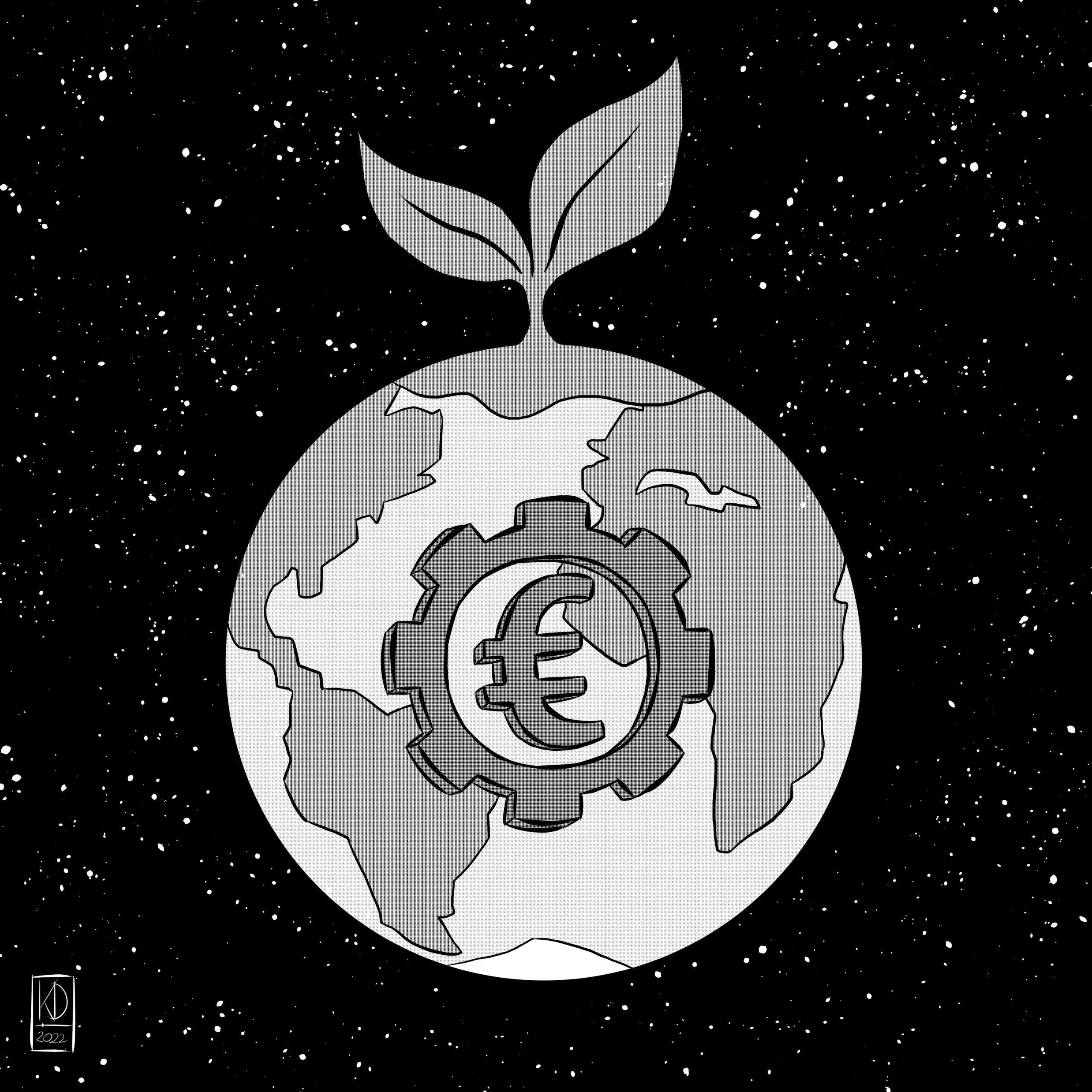Chociaż pojęcie ESG jest dziś odmieniane w komunikatach firm przez wszystkie przypadki, wciąż niewielu przedsiębiorców w pełni rozumie, jak poważnie zmieni ono ich codzienność. Na naszych oczach odchodzi do historii liberalny paradygmat celów biznesu. Miarą skuteczności firmy staje się nie tylko jej zysk i realizacja oczekiwań właścicieli i klientów, ale także: wpływ na otoczenie społeczne, wpływ na środowisko naturalne oraz jakość zarządzania. Brak uwzględnienia tej fundamentalnej zmiany w strategii przedsiębiorstwa będzie skutkować utratą konkurencyjności.
Executive Summary:
- the new rules for non-financial reports require the measurement and publication of specific, comparable and objective data illustrating the company’s real impact on the environment, the social setting and the quality of governance processes.
- The criteria assume accountability for the entire value chain, so companies will be held liable not only for their actions, but also for actions of suppliers and distributors.
- Financial institutions incorporate ESG criteria and reported non-financial data into their investment risk assessment processes.
- The quality of ESG performance will therefore have a direct impact on a company’s competitiveness and ability to grow.
Sustainability objectives
The growing influence of ESG (environmental, social and governance factors) on business has several sources. The first are the following policies: the sustainable development of the United Nations (the Sustainable Development Goals) and climate policy, especially in its most ambitious, European edition (we wrote about the details in our analysis on the EU Green Deal). The ESG mechanism enforces the pursuit of sustainable development goals as well as climate neutrality under market conditions.
The second source of change is pressure and expectations from investors and financial institutions. It is in these circles that it has been decided to integrate sustainability objectives into the mechanisms for valuing companies and assessing the risk of their operations. There is a profound reason for this, far beyond ideological considerations. Given the change in the regulatory environment and the change in society’s perception of business objectives as a whole, the degree to which a given company is aligned with megatrends is directly related to the security of investments and the assessment of risks.
Last but not least, the third source is the shift in consumer attitudes. As customers, we are paying more and more attention to the environmental impact of products and services and, by extension, to social and governance issues. Soon, the carbon footprint, digital footprint etc. will appear on the labels of beverages, food and all sorts of appliances, alongside the price and use-by date. Environmental and social factors are slowly being added to price and quality in the catalogue of elements influencing consumer behavior.
CSR is in decline
The growing trend of the so-called Corporate Social Responsibility (CSR) has been observed for at least several decades. In Polish conditions, companies started to notice these issues relatively late, i.e. in the 2000s, and often only in the 2010s. Today, the existence of CSR strategies and reports, as well as the functioning of relevant organizational units and teams, are the standard practice in companies.
Sadly, in many cases CSR only plays the role of a marketing or image element. In such a model, CSR projects are a spectacular addition to the company’s primary business, a provider of content for communication activities or, at best, a tool for gaining community support for investments or building employee loyalty. Yet, despite the ambitious names of many companies’ strategy documents, ESG issues have not yet made their way into the hard core of business strategies. This will now have to change, as the days of CSR as solely an image-building tool are coming to an end.
2024
In spring 2018. The European Commission announced the EC Action Plan on financing sustainable growth, which sets three main objectives:
- Redirecting capital flows towards sustainable investments to achieve sustainable and inclusive growth;
- managing financial risks resulting from climate change, environmental degradation and social issues;
- and promoting transparency and the long-term in financial and business activities.
These objectives can be translated into the following tasks:
- the establishment of a taxonomy, i.e. the world’s first classification system for economic activities, a “green list” of economic ventures and activities considered sustainable;
- a clear, unequivocal guidance system for investors and investment advisors to take ESG risks into account in their decision-making processes;
- greater transparency – the above-mentioned actors will have to disclose how they take ESG risks into account in investment/advisory decisions;
- creation of a new category of benchmarks to help investors compare climate change-focused investments.
As a result of EU regulations, the largest companies will already have to demonstrate in their 2021 integrated reports what proportion of their operating and capital investments are covered by the taxonomy, i.e. qualify as ‘green’ activities. In the 2022 reports next year, these companies will have to specify whether they fall within the strict parameters and indicators set out in the SFDR regulation.
The real revolution will come in the 2023 reports (published in 2024), when the new EU standard for reporting ESG factors will not only be extended to more companies, but will also standardize and unify the reported data, making it comparable, reliable and objective. Companies will not only have to build their internal systems for data collection and aggregation, but will have to be able to defend their reports in an audit by a certified auditor or other attestation body. Once unified, the output data will become legible to algorithms making investment decisions, which will directly affect the fundraising capacity. The consequences for those unprepared for this revolution could be dire.
One more important aspect of the upcoming change is the responsibility of the entities for the overall supply chain. Companies will have to face the implementation of ESG directives not only internally, but also with all their suppliers. And the other way round: when trying to win a sales contract, a company will have to be able to compete not only on price and quality, but also on a customer- beneficial combination of environmental, social and governance parameters. Companies unable to adapt to this reality will simply fail to exist.
Time for ESG advisers
The President of the Association of Listed Companies, Mirosław Kachniewski, estimates that at the end of 2021, only one in five listed companies includes environmental, social and employee-related goals in its strategy. However, the expert emphasizes that the ‘included’ part is most often just on paper, as only a handful of entities actually implement ESG goals (as stated at the ESG Poland Power of Business Congress, 4 November 2021). This means that the majority of companies are still adopting a wait-and-see position with regard to regulation, and are naturally putting up passive resistance while planning for implementation in the least costly way possible. It is to be expected that the coming months will witness a massive attempt to catch up.
Symptoms of the coming ESG boom can already be seen today. The number of advertisements offering jobs to specialists in this area is increasing, with numerous consultancies offering
support and training. Unfortunately, the excess of demand over supply of high-quality services of this kind also means a harvest for various kinds of home-grown experts, whose skills may not be sufficient. This is why it is essential to plan the change processes properly and to ensure the acquisition of competencies well in advance, i.e. today.


